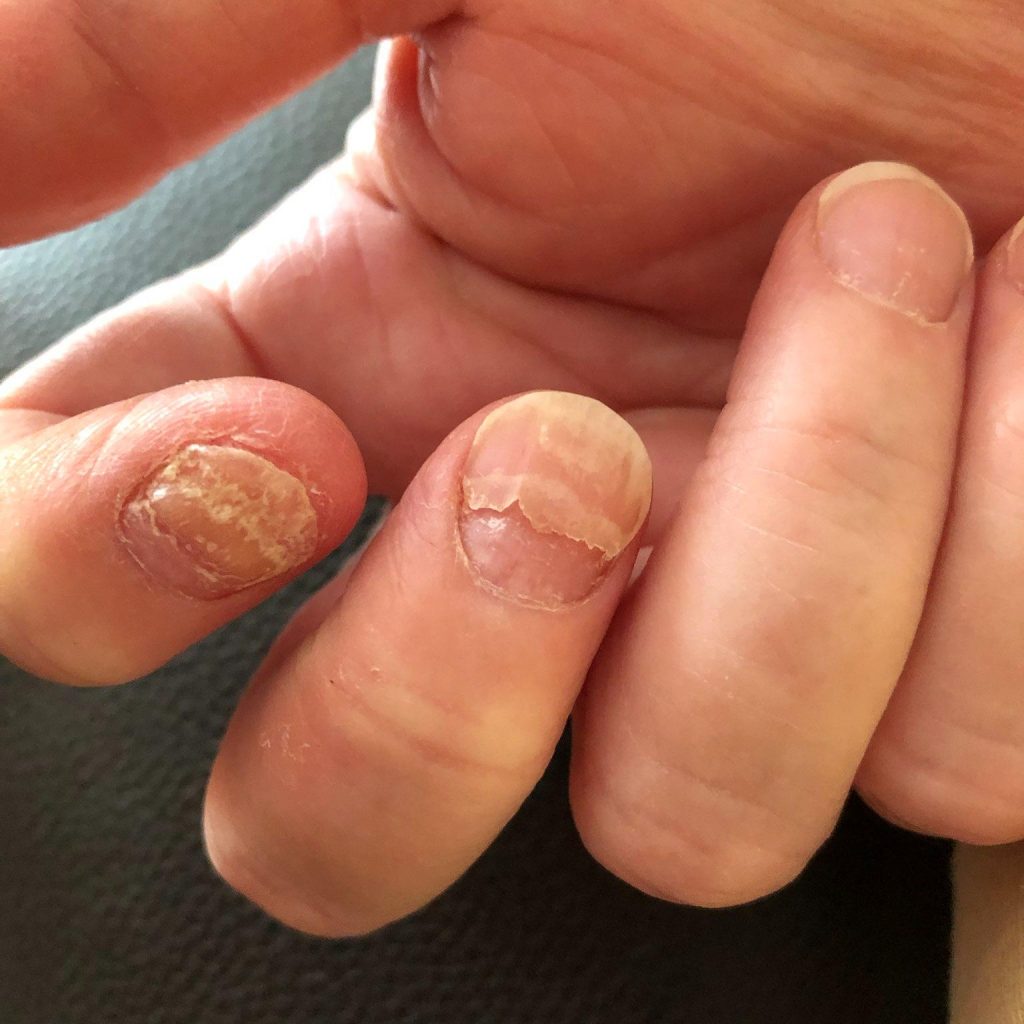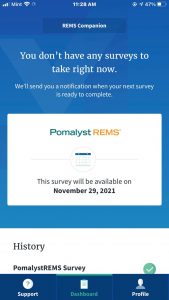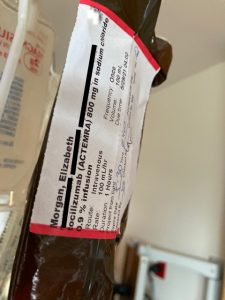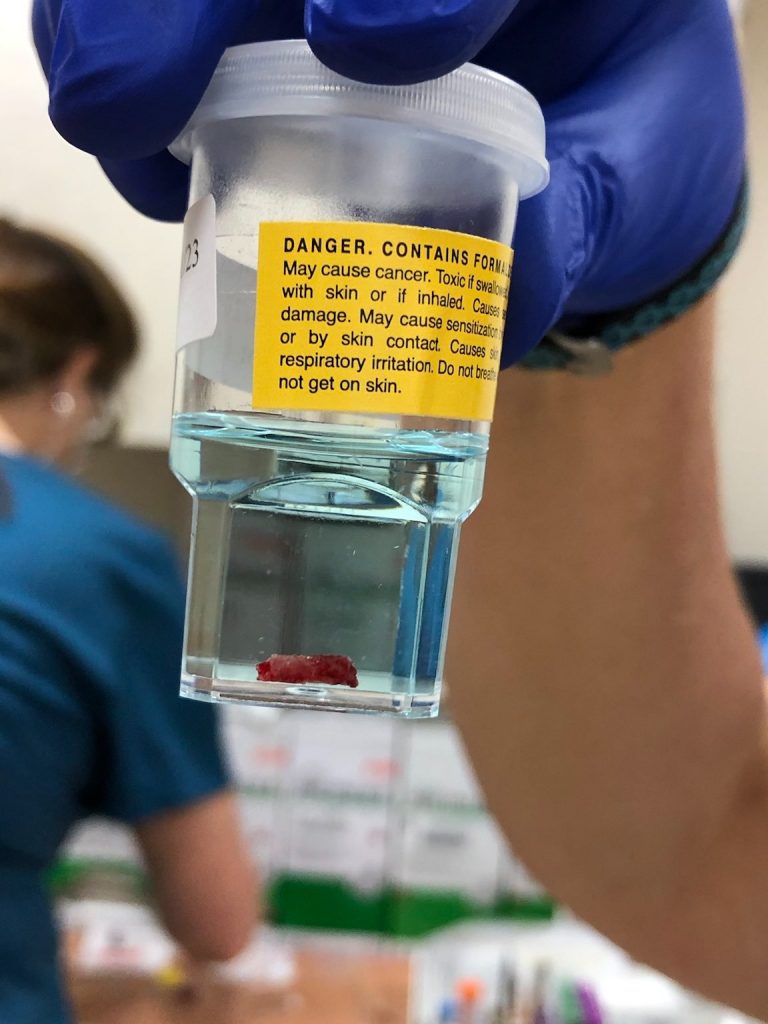This is going to be a pretty boring post. I’m going to do my best to recall the events of my stay in the hospital while my trial drugs were administered according to the protocol.
On May 25th I was admitted to the hospital to start the daratumumab, talquetamab, and pomalyst trial. The reason a hospitalization is required for this drug trial is that the majority of patients develop cytokine release syndrome (CRS). The percentage of patients who developed CRS in a phase I trial of talquetamab alone was 67%. In an abundance of caution, the designers of the trial determined that patient safety required the stay. I was admitted to the BMT floor, which was pretty nice compared to other hospital rooms I’ve seen.
I had the first dose of both drugs injected subcutaneously (SC) on the morning of May 25th. About 36 hours after the first dose of talquetamab, I experienced chills and a fever, as well as a few other subtle side effects (adverse events). I had a small bit of stomach pain and some body aches. The first fever reached 101 degrees and I was treated with fluids and acetaminophen. I could compare this to my first experience with CRS in November, 2020, when I started the TNB drug trial.
A few days later, I was supposed to have the second dose of talquetamab, which would be a half dose like the first one. The second dose was withheld due to low platelets, and scheduled for the following day. I can’t even remember what day that was because I waited too long to write this! Anyway, the second injection caused a grade 2 CRS. My temperature at its highest was 104.3, and there were other factors that caused it to be graded that way. My systolic blood pressure dropped 30 points, respirations were 32 per minute, and my O2 was 92%. The doctors there decided to get a stat order in for me to have tocilizumab to reverse the CRS. The nurses call it “toci.” I remember thinking it was hilarious that one of the nurses told me I was going to “get cozy with toci.” I don’t remember what time of day this happened. You know how you kind of zone out when you have a high fever?
The toci worked to help me get through the CRS. They decided to administer a second dose 8 hours later, because my temperature was still over 103 F. The end result was that the CRS was handled rather well by the staff. Thanks to Dr. Khalil, who was extraordinarily competent and comforting. I wish he could stay at WFBMC after the completion of his fellowship.
On June 5th, I was allowed to go home. I really hated being confined to the hospital. I hope these trial drugs will be effective and it’ll be years until I even have to think about being a patient in the hospital.
In my next post, I’m going to talk about the side effects I’ve experienced with SC talquetamab.





